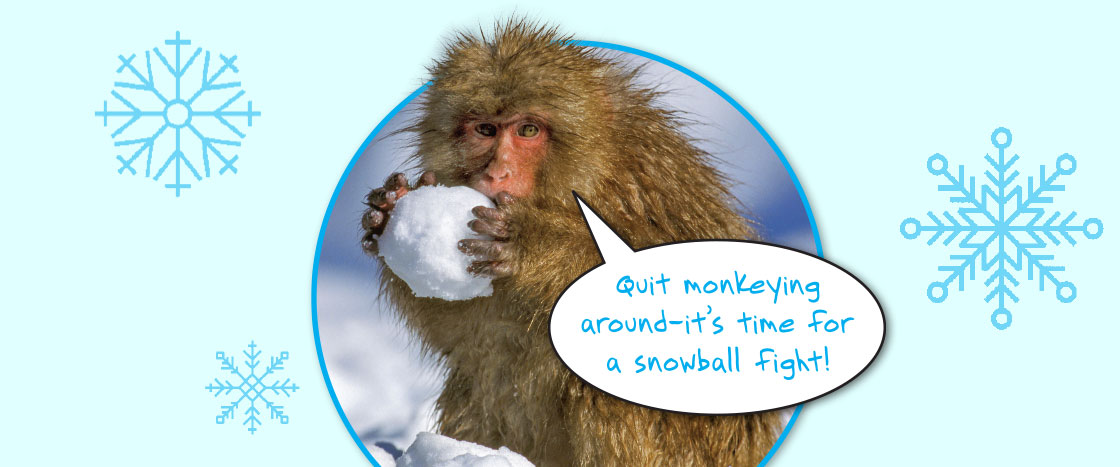1) What are snowflakes, exactly? There/Their/They’re ice crystals that form around tiny specks of dust high up in the sky.
Grammar Bot's Rules:
1. Use THERE to mean “that place” and in phrases like there is and there are.
2. Use THEIR to mean “belonging to them”—like their snowball.
3. Use THEY’RE as a contraction of “they are.”
Directions: Find the correct choice of there, their, or they’re in the sentences below.

